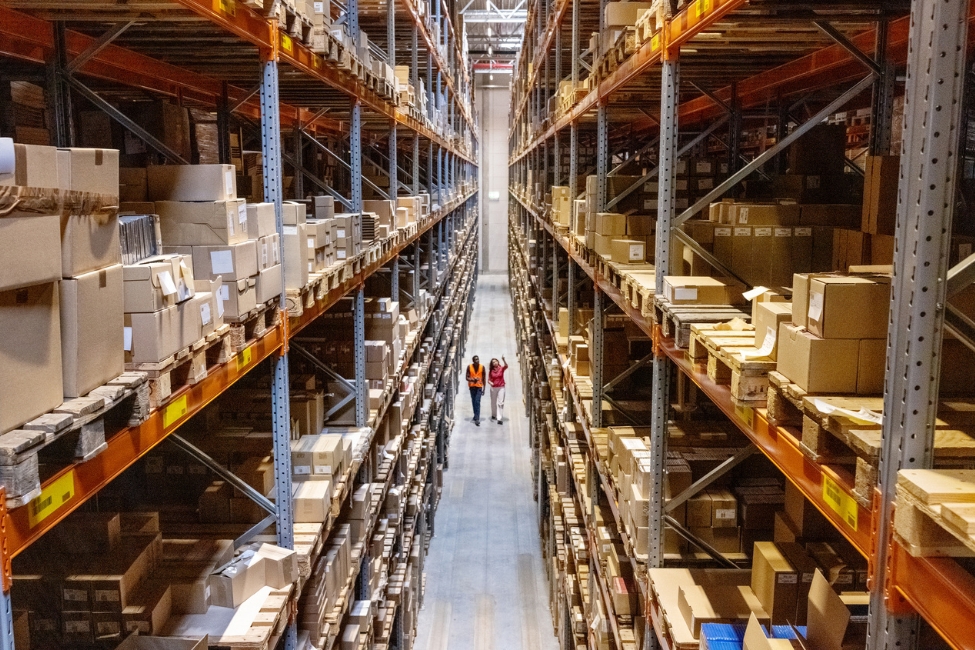FAU REPORT: As Supply Chains Expand, Fed Should Lower Interest Rates

Signals in the supply chain markets suggest that businesses are preparing for increased consumer demand, signaling rising economic activity, according to researchers at Florida Atlantic University and four other schools.
Signals in the supply chain markets suggest that businesses are preparing for increased consumer demand, signaling rising economic activity, according to researchers at Florida Atlantic University and four other schools.
The Logistics Managers’ Index Report (LMI) was 56.5 in July, up 1.2 points from the previous month. All but one of the eight-key metrics used to calculate the score saw expansion, according to the report.
“The near historic import volume on the West Coast ports, coupled with the rise in warehouse utilization, is a positive sign of the market’s bet on increased demand for the forthcoming holiday season,” said Steven Carnovale, Ph.D., associate professor and director of the masters of science in supply chain management in FAU’s information technology and operations management department. “The increased rates of growth in inventories signal heightened confidence in consumer demand continuing into the near future.”
The LMI, a survey of director-level and above supply chain executives, measures the expansion or contraction of the logistics industry using eight unique components: inventory levels, inventory costs, warehousing capacity, warehousing utilization, warehousing prices, transportation capacity, transportation utilization, and transportation prices.
Along with FAU, researchers at Arizona State University, Colorado State University, Rutgers, and the University of Nevada at Reno calculate the LMI using a diffusion index. A score above 50 indicates that the logistics industry is expanding, while a score below 50 indicates that the industry is shrinking.
Growth in the transportation industry helped bolster July’s LMI reading, with prices rising to their highest level since May 2022. Inventory levels, however, increased upstream but contracted downstream, suggesting that while retailers are keeping their inventories leaner at the start of the third quarter, manufacturers, wholesalers, and distributors are building up goods in anticipation of increased demand later in the year.
“The change we have seen in the last three months strongly suggests that the freight recession over the last two years is over, and that we are moving back into a robust market,” said Zachary Rogers, Ph.D., associate professor at Colorado State University. “Increased freight activity has always been a leading indicator of economic growth. Given the high levels of inventory still coming in through West Coast ports, along with expectations of significant inventory buildups from respondents, it seems likely that the U.S. will see sustainable growth through the end of 2024 and into 2025.”
Overall, the logistics industry, a leading indicator of where the economy is headed, suggests a cautious but robust future economic growth.
“As policymakers meet to discuss interest rates, the data indicate that a reduction is likely in order. The signals that inflation on the demand side is ebbing have been mounting for some time, particularly coupled with continued positive economic news (i.e. unemployment rates) overall,” Carnovale said.
-FAU-
Tags: